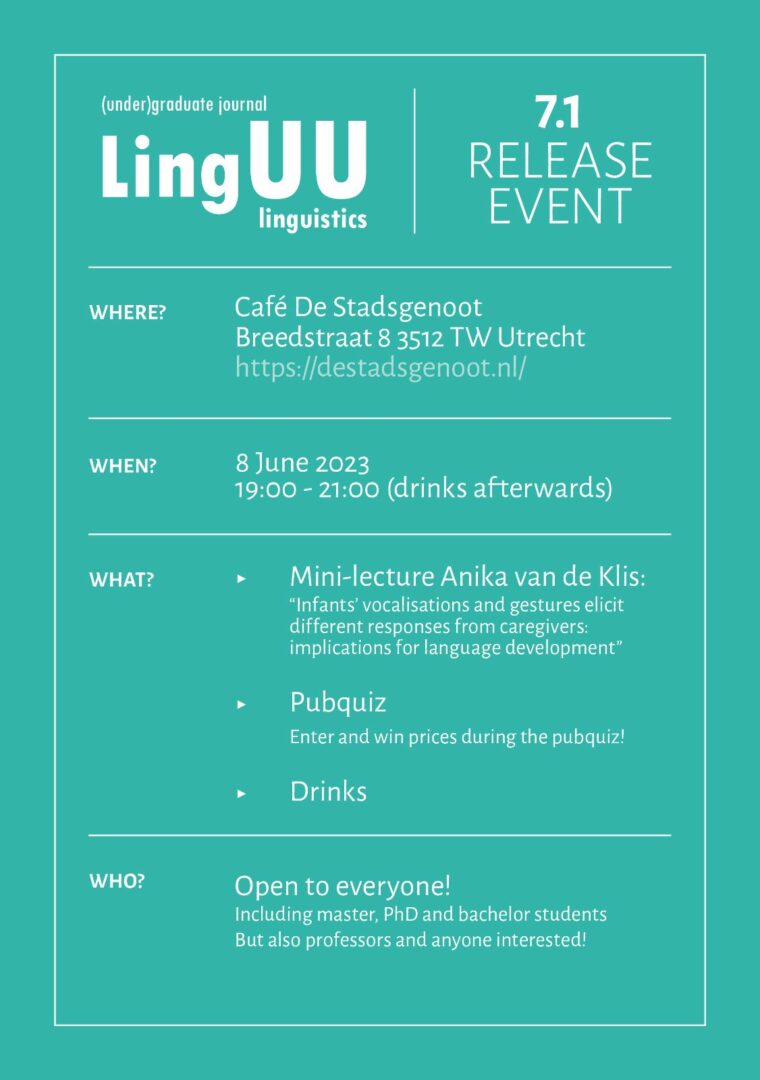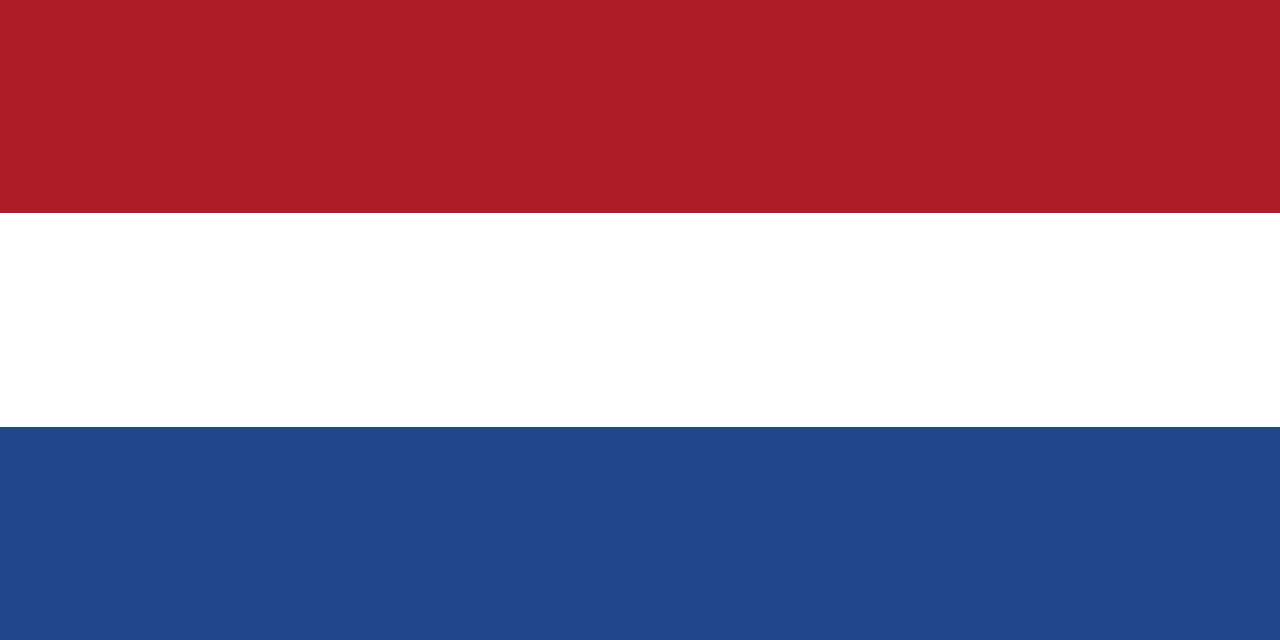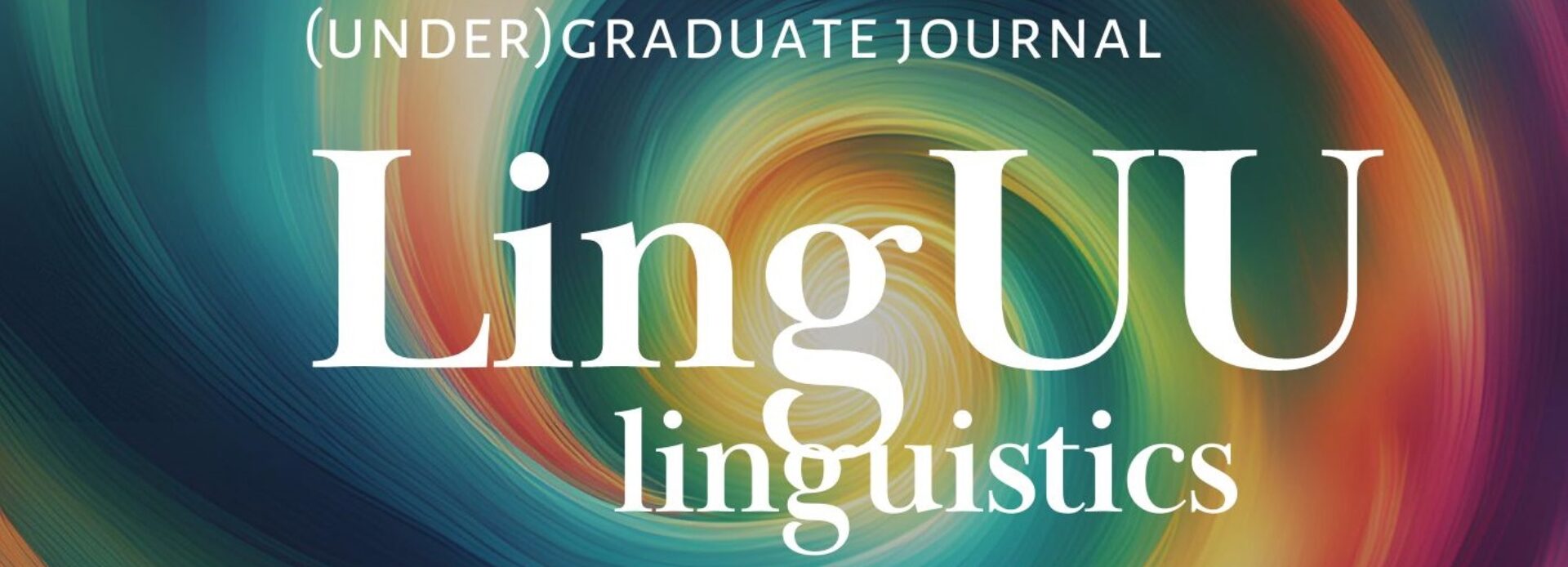
The wait is almost over: LingUU 7.1 will be published online in two days!
To celebrate the launch of our new issue, we’re hosting our first in-person event since 2019! Join us on the 8th of June at Café De Stadsgenoot in Utrecht for a pub lecture by Anika van der Klis, followed by a pub quiz hosted by Louise Lalande. We hope to see you there at 19.00 and join us afterward for drinks as well. Check out the abstract for Anika’s lecture below.
Pub lecture: “Infants’ vocalisations and gestures elicit different responses from caregivers: implications for language development”
Abstract: Caregivers use a range of verbal and nonverbal behaviours when responding to their infants. Previous studies have focused on the role of the caregiver in providing verbal responses, while communication is inherently multimodal (involving audio and visual information) and bidirectional (exchange of information between infant and caregiver). It is not known to what extent caregivers produce nonverbal or multimodal responses, and to what extent such caregiver responses are elicited by different infant behaviours. For this study, we annotated six minutes of free play in 117 caregiver-child dyads. This resulted in a large dataset consisting of 2036 vocalisations and gestures of which 87% received a caregiver response. Most caregiver responses were verbal, but almost 40% of those were multimodal – containing an additional nonverbal cue (i.e., gesture, facial expression, or body movement). We found that infants’ bimodal behaviours (gesture-speech combinations) were more likely to receive a verbal or multimodal response compared to unimodal behaviours. While infants’ gestures elicited high nonverbal response rates, index-finger pointing elicited high verbal response rates. Infants show large variability in the frequency and types of vocalisations and gestures they produce, which in turn affect when and how their caregivers respond – thereby shaping their early learning environments.


